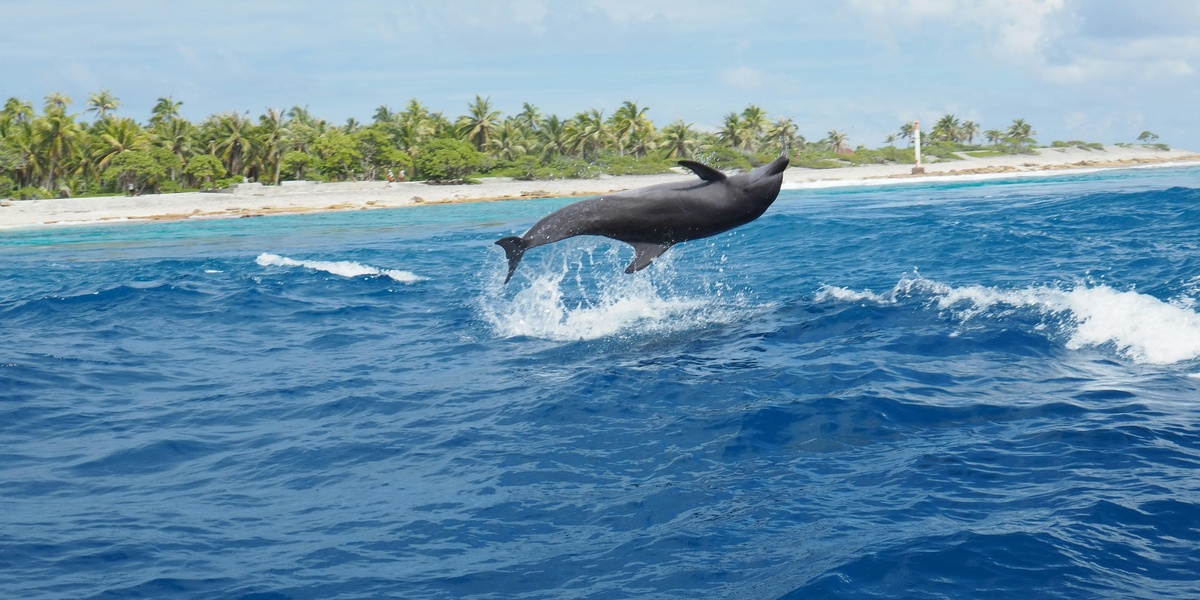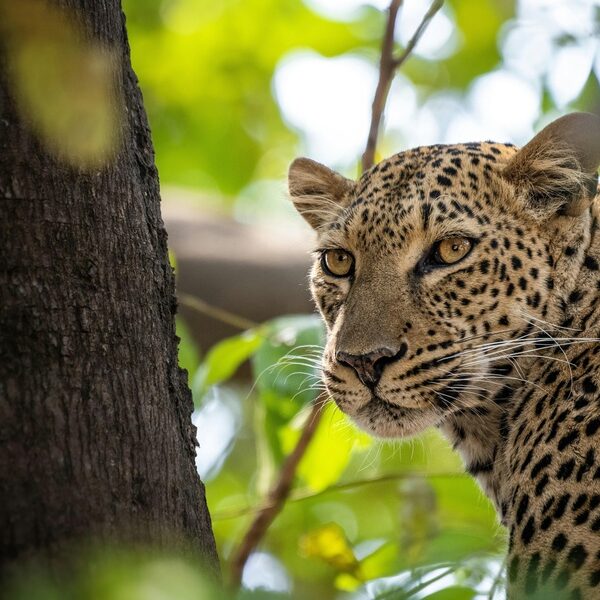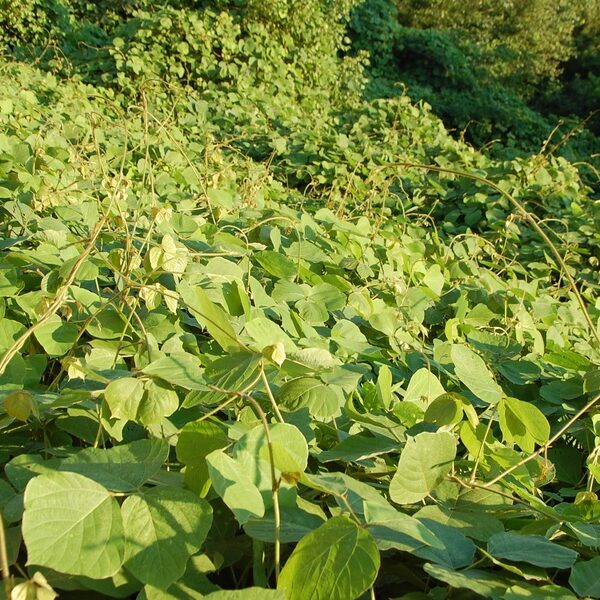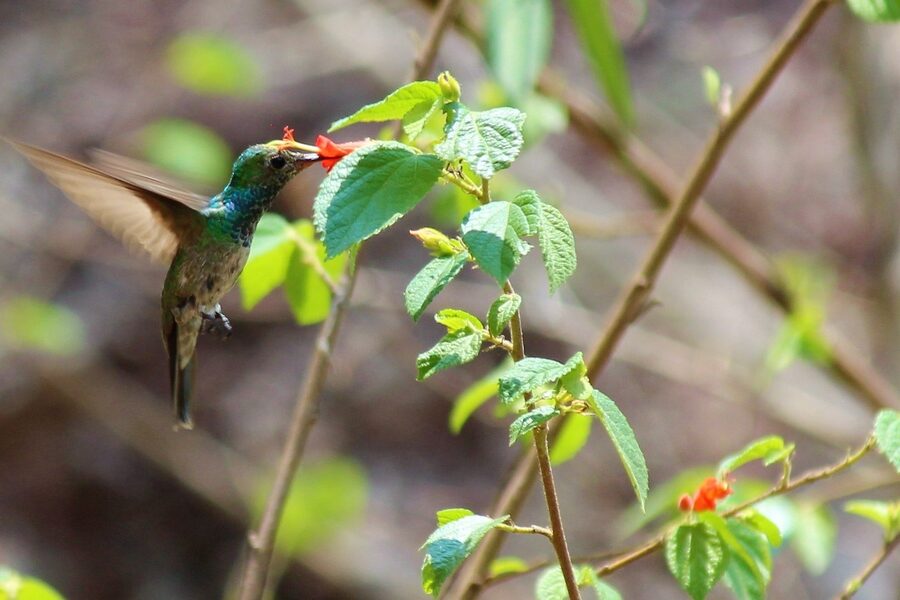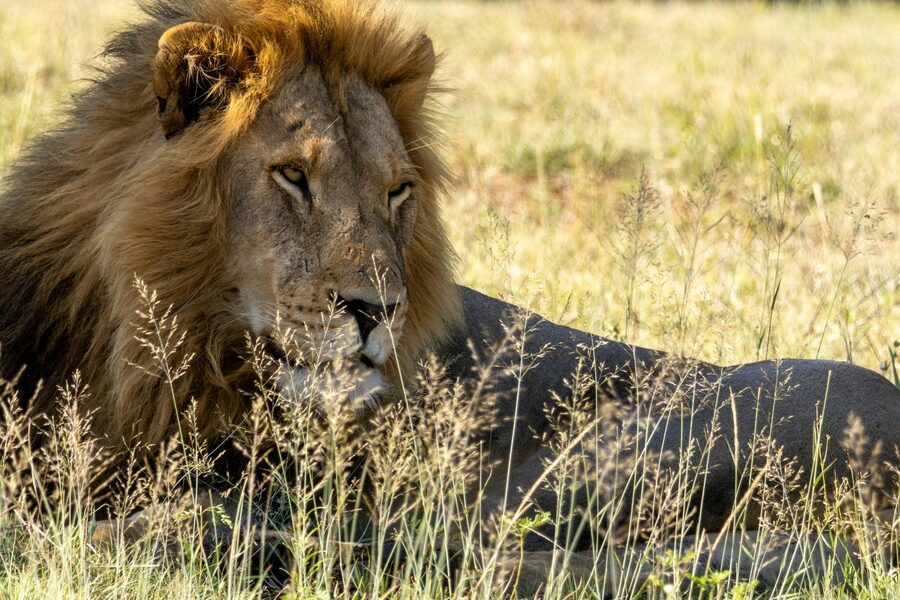Cape Verde, an archipelago of ten volcanic islands off the coast of West Africa, boasts a unique blend of arid landscapes and rich oceanic environments. This isolation has shaped its ecosystems, leading to fascinating adaptations among its animal inhabitants, both on land and in the surrounding Atlantic waters.
Here, you’ll discover the 35 Mammals of Cape Verde, showcasing the remarkable diversity from the majestic Atlantic spotted dolphin in the surrounding ocean to the small, nocturnal Tomb bat. For each entry, we’ve organized key details including its Scientific Name, Habitat, and Conservation Status, all of which you’ll find below.
What types of mammals can be found in Cape Verde?
Cape Verde’s mammalian fauna is predominantly marine, with a variety of cetaceans like dolphins and whales frequently sighted in its waters. Terrestrially, bats are the only native mammalian order, playing a crucial role in the island’s ecosystems. Additionally, a few introduced species, such as rodents and some domestic animals that have gone feral, also inhabit the islands.
Are any of Cape Verde’s mammals endangered?
Yes, several of Cape Verde’s mammals, particularly many of its marine species, face conservation challenges. Factors such as habitat degradation, bycatch in fishing nets, and the impacts of climate change threaten populations of various dolphin and whale species. The conservation status of each mammal, from “Least Concern” to “Endangered,” is detailed in the list provided.
Mammals of Cape Verde
| Mammal Name | Scientific Name | Habitat | Conservation Status |
|---|---|---|---|
| Sperm whale | Physeter macrocephalus | Marine; deep offshore waters around islands | Vulnerable |
| Short-finned pilot whale | Globicephala macrorhynchus | Marine; deep waters, seamounts and offshore slopes | Data Deficient |
| Common bottlenose dolphin | Tursiops truncatus | Coastal and offshore; bays, reefs, around ports | Least Concern |
| Atlantic spotted dolphin | Stenella frontalis | Coastal and offshore waters near islands | Least Concern |
| Spinner dolphin | Stenella longirostris | Coastal bays and offshore waters, shallow reef zones | Least Concern |
| Striped dolphin | Stenella coeruleoalba | Offshore pelagic waters around Cape Verde | Least Concern |
| Pantropical spotted dolphin | Stenella attenuata | Open ocean and offshore waters | Least Concern |
| Rough-toothed dolphin | Steno bredanensis | Offshore deep waters and submarine canyons | Least Concern |
| Risso’s dolphin | Grampus griseus | Offshore and slope waters around islands | Least Concern |
| Common dolphin | Delphinus delphis | Offshore and shelf waters near islands | Least Concern |
| False killer whale | Pseudorca crassidens | Offshore deep waters; pelagic zones | Vulnerable |
| Killer whale | Orcinus orca | Occasional offshore visitor around islands | Data Deficient |
| Pygmy killer whale | Feresa attenuata | Rare offshore tropical waters | Data Deficient |
| Pygmy sperm whale | Kogia breviceps | Offshore deep waters; continental slopes | Data Deficient |
| Dwarf sperm whale | Kogia sima | Offshore tropical waters and deep seas | Data Deficient |
| Cuvier’s beaked whale | Ziphius cavirostris | Deep offshore canyons and slopes around islands | Least Concern |
| Blainville’s beaked whale | Mesoplodon densirostris | Deep waters and submarine canyons | Data Deficient |
| Gervais’ beaked whale | Mesoplodon europaeus | Deep pelagic waters around islands | Data Deficient |
| Humpback whale | Megaptera novaeangliae | Migratory but regular passage; offshore and potential breeding areas | Least Concern |
| Bryde’s whale (complex) | Balaenoptera edeni/brydei | Tropical offshore waters; occasional near islands | Data Deficient |
| Common porpoise (historical/rare) | Phocoena phocoena | Rare/occasional; cooler shelf waters | Least Concern |
| House mouse | Mus musculus | Terrestrial; human settlements across islands | Least Concern |
| Black rat | Rattus rattus | Terrestrial; ports, settlements, agro-ecosystems | Least Concern |
| Brown rat | Rattus norvegicus | Terrestrial; port areas, seafronts, disturbed habitats | Least Concern |
| Domestic cat | Felis catus | Terrestrial; urban, rural and feral populations on islands | Not Evaluated |
| Domestic dog | Canis familiaris | Terrestrial; villages, rural areas and feral groups | Not Evaluated |
| Domestic goat | Capra hircus | Terrestrial; hillsides, scrubland and rural grazing areas | Not Evaluated |
| Sheep | Ovis aries | Terrestrial; pastoral areas, island interiors | Not Evaluated |
| Cattle | Bos taurus | Terrestrial; managed pastures and villages | Not Evaluated |
| Donkey | Equus africanus asinus | Terrestrial; rural trails, villages and agricultural areas | Not Evaluated |
| Horse | Equus ferus caballus | Terrestrial; occasional, used for transport and tourism | Not Evaluated |
| European rabbit | Oryctolagus cuniculus | Terrestrial; islands with introduced populations, scrub habitats | Least Concern |
| Egyptian free-tailed bat | Tadarida aegyptiaca | Terrestrial; roosts in caves, buildings and cliffs on islands | Least Concern |
| Schreibers’ bat | Miniopterus schreibersii | Terrestrial; caves and rock crevices on select islands | Near Threatened |
| Tomb bat | Taphozous mauritianus | Terrestrial; roosts in buildings, cliffs and caves | Least Concern |
Images and Descriptions
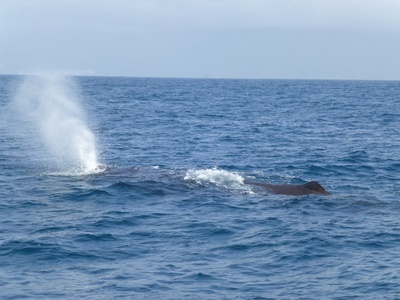
Sperm whale
Massive-headed whale reaching up to 18 m, famous for deep dives and squid diet. Regular in Cape Verde waters, often sighted near submarine canyons; culturally and ecologically important to local whale-watching.
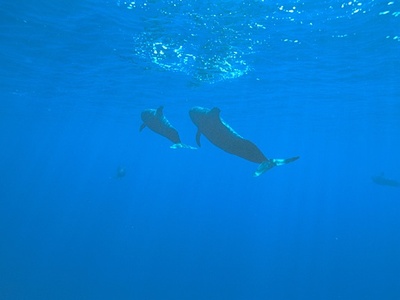
Short-finned pilot whale
Social, dark-colored whales forming large pods. Common around Cape Verde seamounts, known for strong social bonds and occasional mass strandings; a staple species for local cetacean tourism.
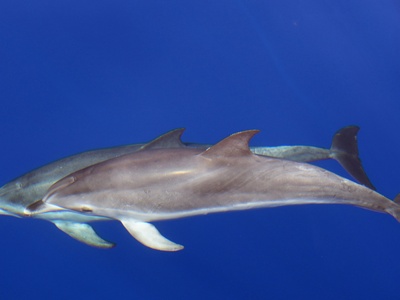
Common bottlenose dolphin
Robust, familiar dolphins often seen near shorelines and harbors. Intelligent and curious, they approach boats and are frequently encountered on island dolphin-watching trips around Cape Verde.

Atlantic spotted dolphin
Medium-sized, patterned dolphins with distinctive spots developing with age. Abundant in Cape Verdean waters and energetic, often seen in bow-riding groups and active surface displays.
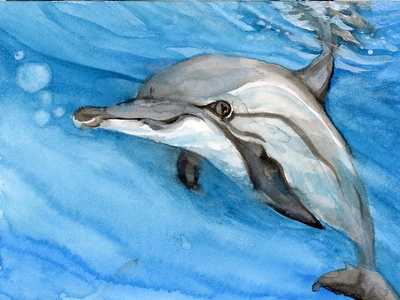
Spinner dolphin
Slender dolphins known for acrobatic spinning leaps. Occur in protected bays and nearshore waters, offering spectacular displays and common encounters on boat trips.
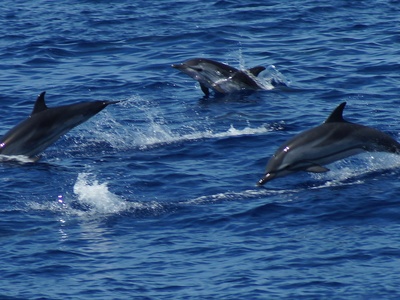
Striped dolphin
Slim, fast-moving dolphin with a distinctive striped pattern. Typically encountered in deeper, offshore waters and known for riding bow waves and fast group travel.
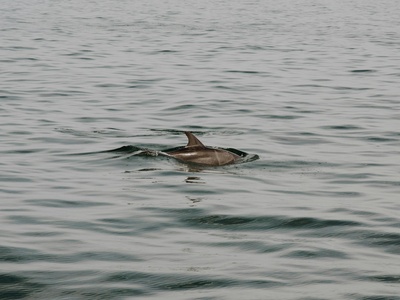
Pantropical spotted dolphin
A global, tropical species with spotted patterning in adults. Seen in pelagic waters off Cape Verde, often in mixed-species groups with other dolphins.
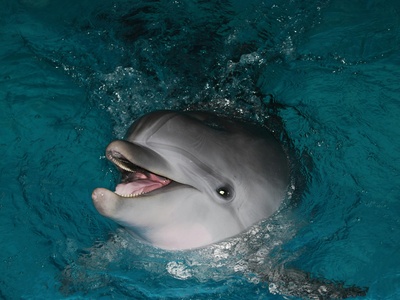
Rough-toothed dolphin
Long, slender snout and characteristic rough-looking teeth. Prefers deeper waters around the islands and is observed in cohesive groups, sometimes with other dolphin species.
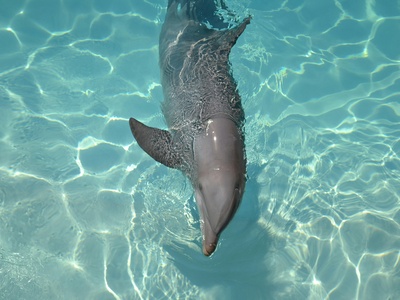
Risso’s dolphin
Large, blunt-headed dolphin that becomes heavily scarred with age. Regular in Cape Verdean waters, often found over deep slopes and known for slow-moving social groups.
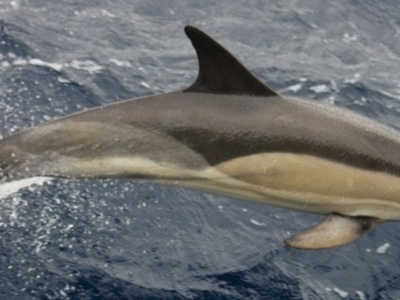
Common dolphin
Fast, streamlined dolphins with hourglass flanks (short-beaked form). Frequently sighted in productive waters off Cape Verde, forming large, dynamic groups.
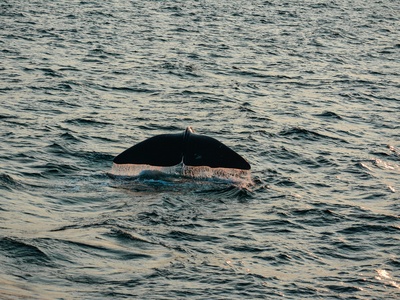
False killer whale
Large, social oceanic dolphin with a rounded head resembling a small killer whale. Occurs in Cape Verdean waters in sizable pods and is vulnerable due to bycatch and prey competition.
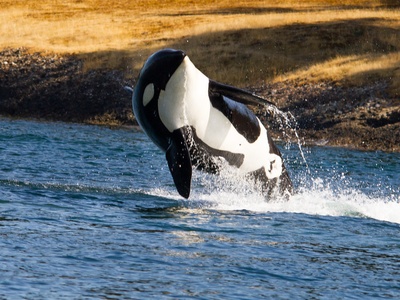
Killer whale
A cosmopolitan apex predator occasionally recorded off Cape Verde. Highly social and intelligent, sightings are rare but notable when they occur in island waters.
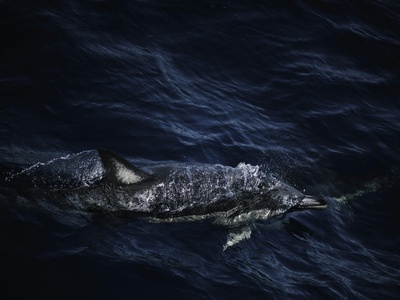
Pygmy killer whale
Small, poorly known member of the oceanic dolphin family. Rarely seen; recorded occasionally in warm Cape Verde waters and usually shy and elusive.
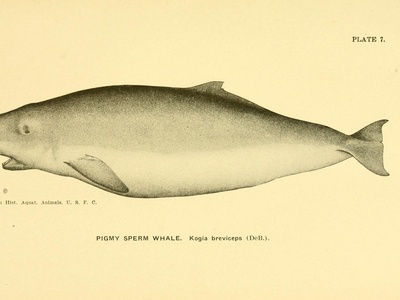
Pygmy sperm whale
Small, enigmatic whale that resembles a miniature sperm whale. Rare strandings and offshore sightings in Cape Verde suggest a cryptic presence in deep waters.
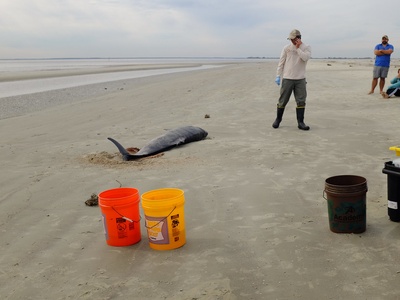
Dwarf sperm whale
Tiny, elusive whale often venting ink-like defense fluid when threatened. Occasionally recorded around Cape Verde; usually solitary and hard to observe.
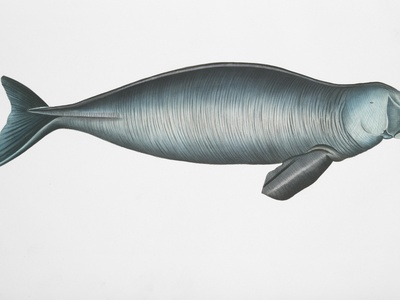
Cuvier’s beaked whale
Deep-diving beaked whale with a blunt head, famed for long, deep dives. Regularly recorded around Cape Verde’s deep-sea habitats and frequently detected by acoustic surveys.
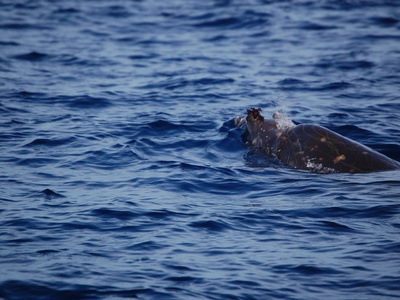
Blainville’s beaked whale
A medium-sized beaked whale with a slender beak and subtle coloration. Elusive but recorded in the deep pelagic zones around the Cape Verde archipelago.
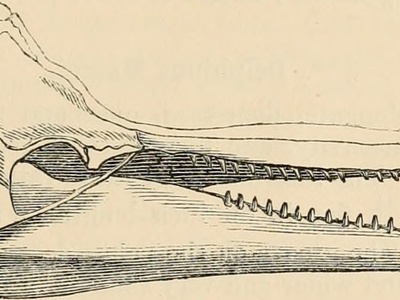
Gervais’ beaked whale
Rarely seen beaked whale encountered in deep Atlantic waters. Records around Cape Verde confirm it as part of the archipelago’s rich deep-sea fauna.

Humpback whale
Large, acrobatic baleen whale known for dramatic breaches and songs. Passes Cape Verde waters during migration; occasional breeding or calving has been reported in the region.
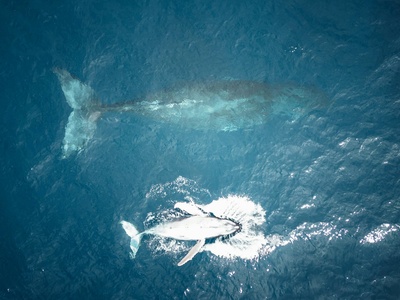
Bryde’s whale (complex)
Tropical rorqual that may occur around Cape Verde; identification is tricky within the Bryde’s/brydei complex. Occasionally recorded in warm offshore waters near the archipelago.
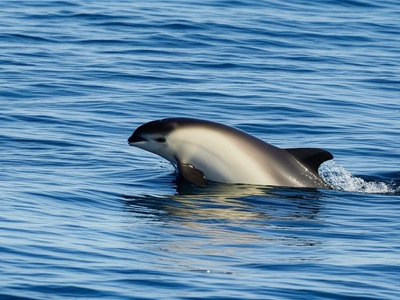
Common porpoise (historical/rare)
Small, shy porpoise species more typical of temperate waters. Records in Cape Verde are extremely rare and typically considered vagrant rather than resident.
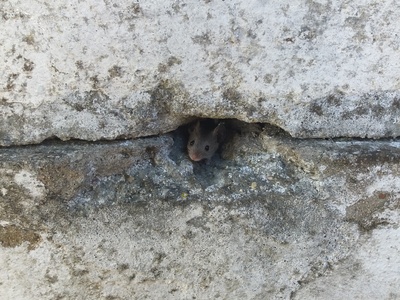
House mouse
Tiny, adaptable rodent accompanying humans across the islands. Common in homes and stores; significant as an invasive species affecting native flora and fauna indirectly.
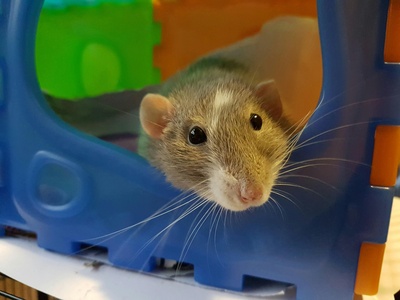
Black rat
Arboreal, agile rodent introduced with human colonization. Widespread across Cape Verde and historically impactful on native bird colonies and island ecosystems.
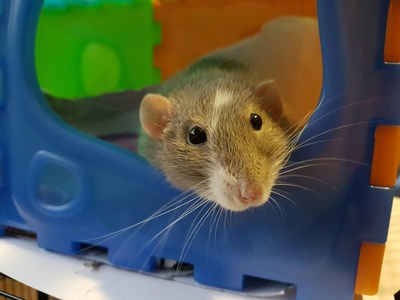
Brown rat
Larger, burrowing rodent often associated with docks and human waste. Present in urban and port areas of Cape Verde where it competes with native fauna.

Domestic cat
Feral and pet cats are widespread; efficient predators that threaten ground-nesting seabirds and reptiles on several islands, posing conservation concerns.
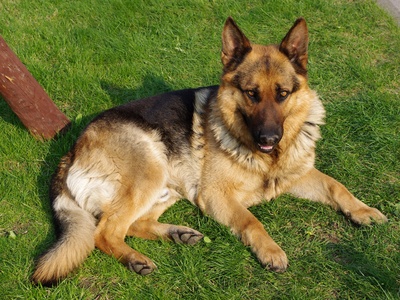
Domestic dog
Common companion and working animal; free-ranging dogs can disturb wildlife and livestock and occasionally impact nesting seabirds in coastal zones.
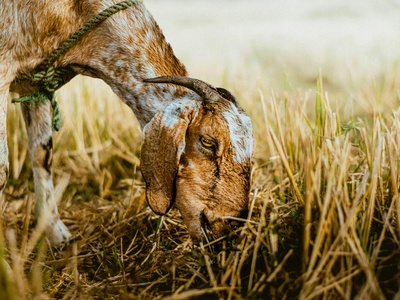
Domestic goat
Hardy, introduced herbivore that has shaped island vegetation through browsing. Feral goats contribute to erosion and habitat alteration on many Cape Verde islands.
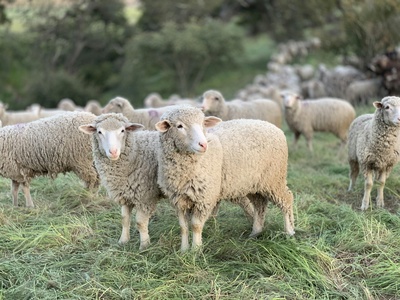
Sheep
Domesticated grazers kept across the archipelago. Their grazing influences local plant communities and traditional farming livelihoods on several islands.
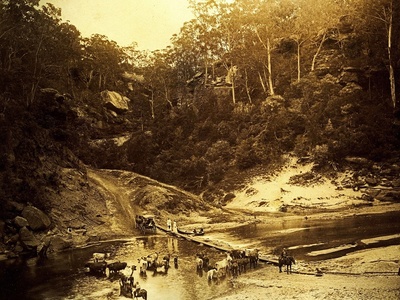
Cattle
Introduced livestock used for meat, milk and work. Cattle are present in limited numbers and influence local grazing regimes and rural economies.
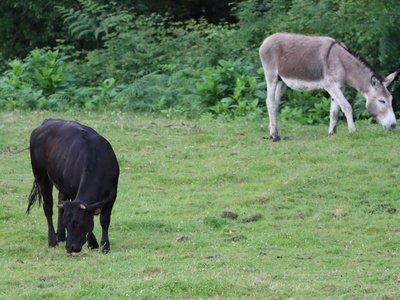
Donkey
Traditional pack animals common in rural Cape Verde; important for transport in rugged terrain and part of cultural heritage.
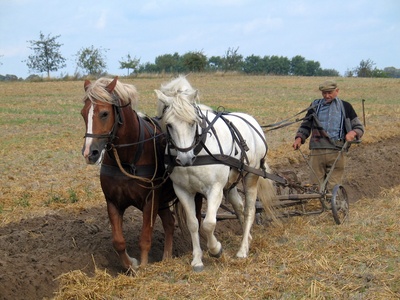
Horse
Present in smaller numbers for transport and leisure; horses are not widespread but used where terrain allows and in local traditions.

European rabbit
Introduced herbivore that can form dense populations, altering vegetation; present on some islands and important in local ecology and predation chains.
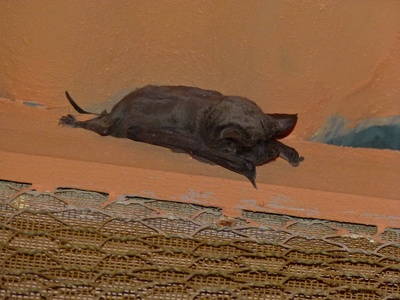
Egyptian free-tailed bat
Fast-flying insectivore with a free-tailed appearance. Roosts in cliffs and structures and helps control nocturnal insects in island ecosystems.
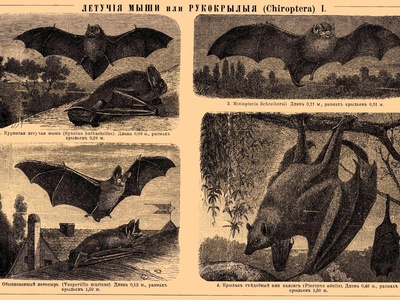
Schreibers’ bat
Medium-sized bat with a long, narrow wing aiding long flights. Roosts in caves and sometimes human structures; plays a role in insect control, with some conservation concern.
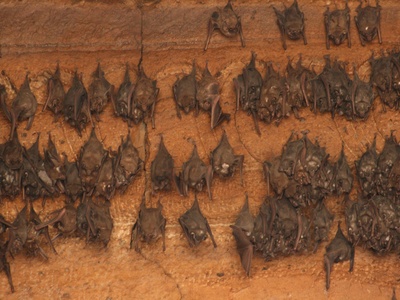
Tomb bat
Medium-sized insectivorous bat often found in warm, arid regions. Uses sheltered coastal cliffs and buildings to roost and contributes to nightly insect predation on the islands.
